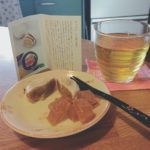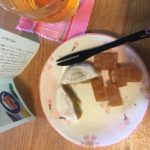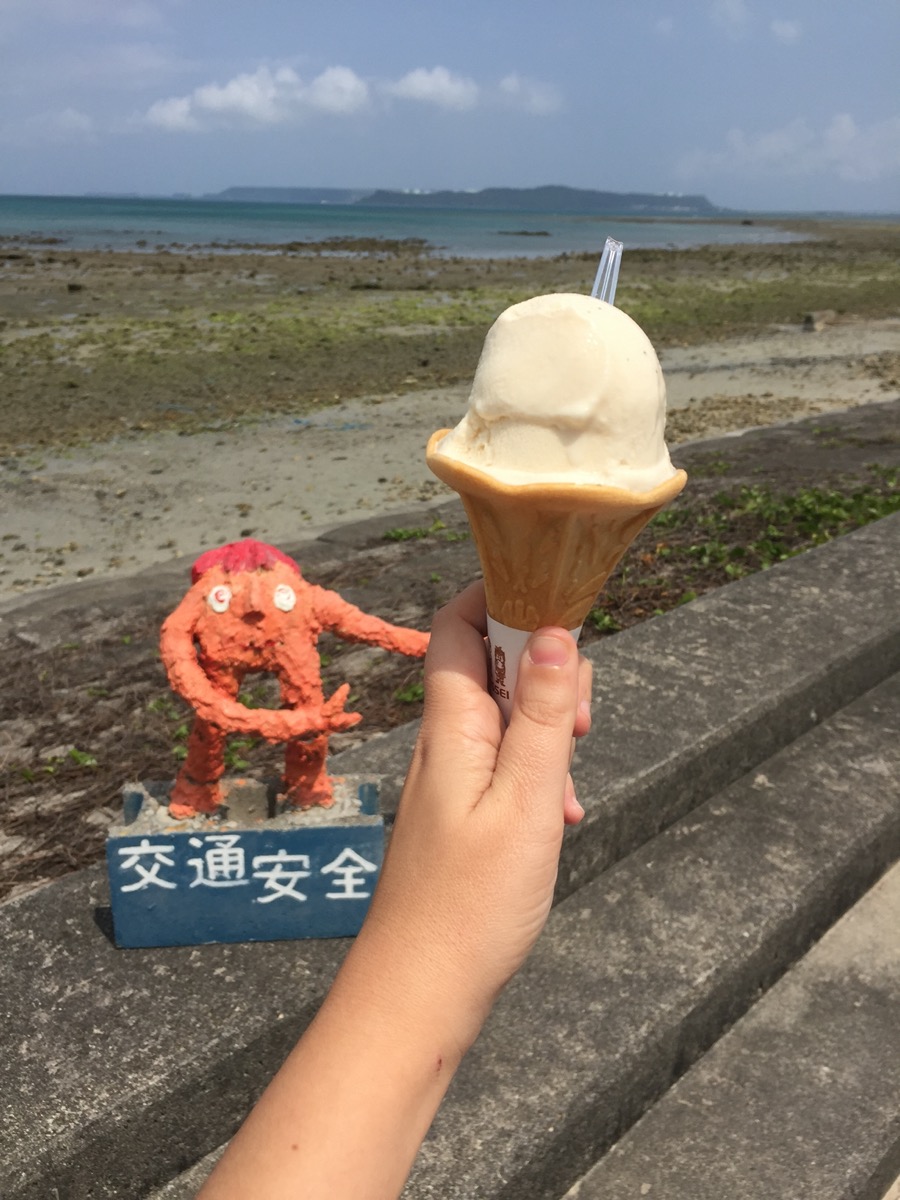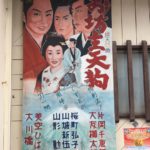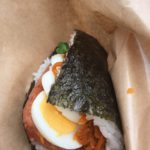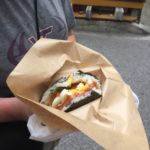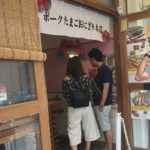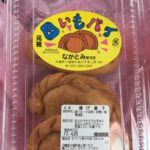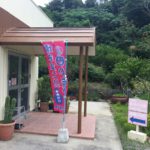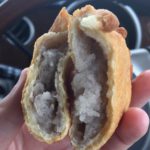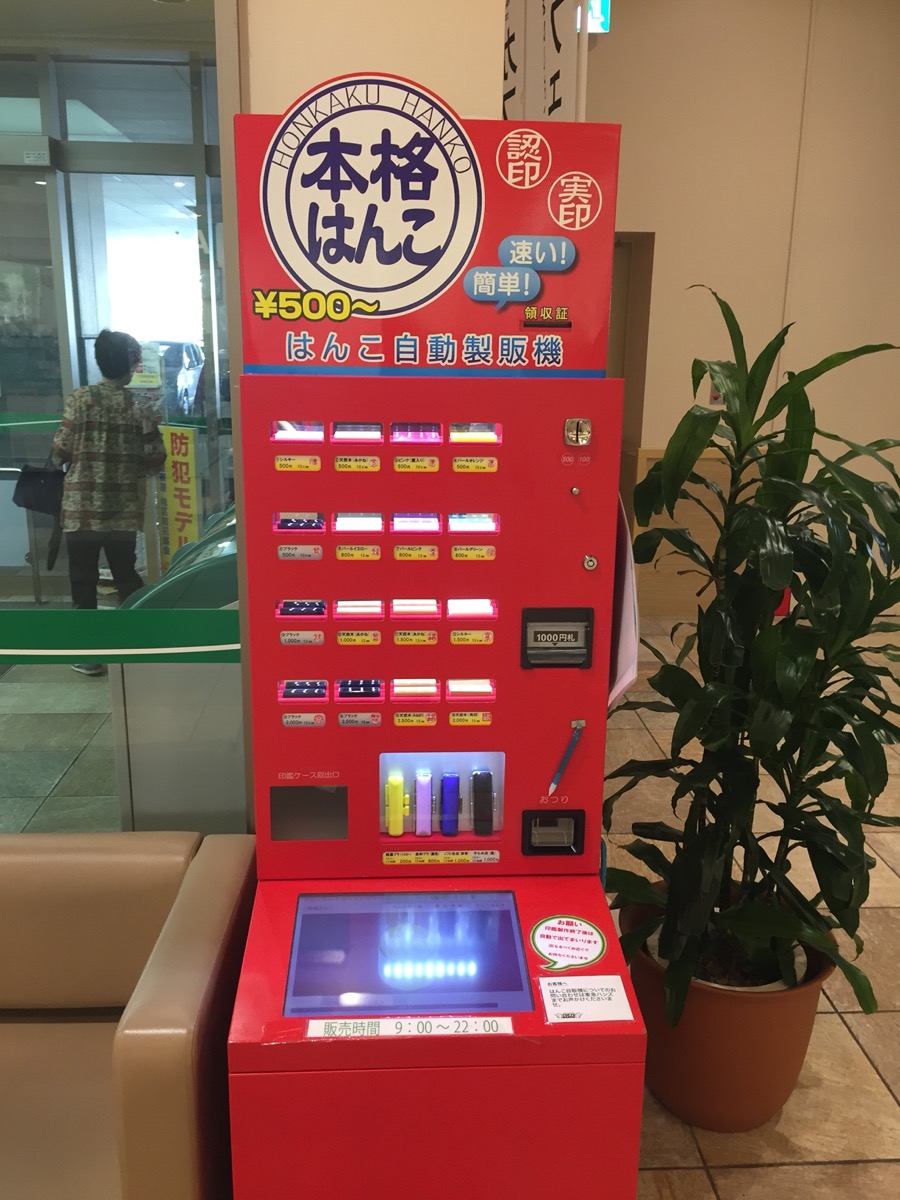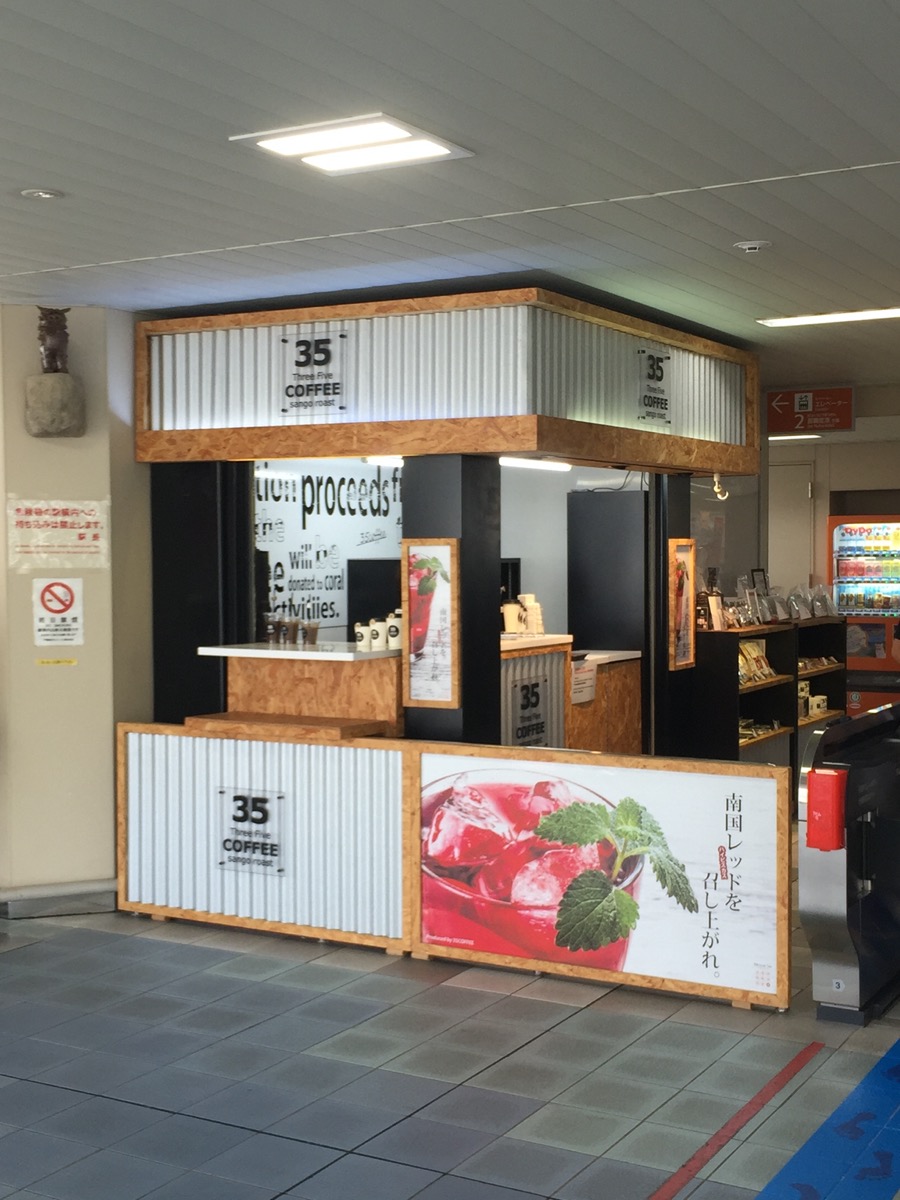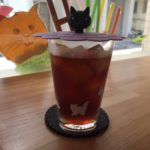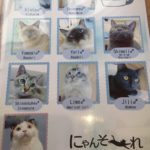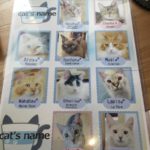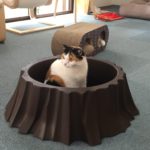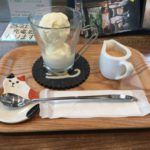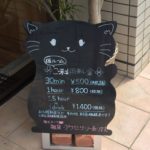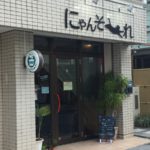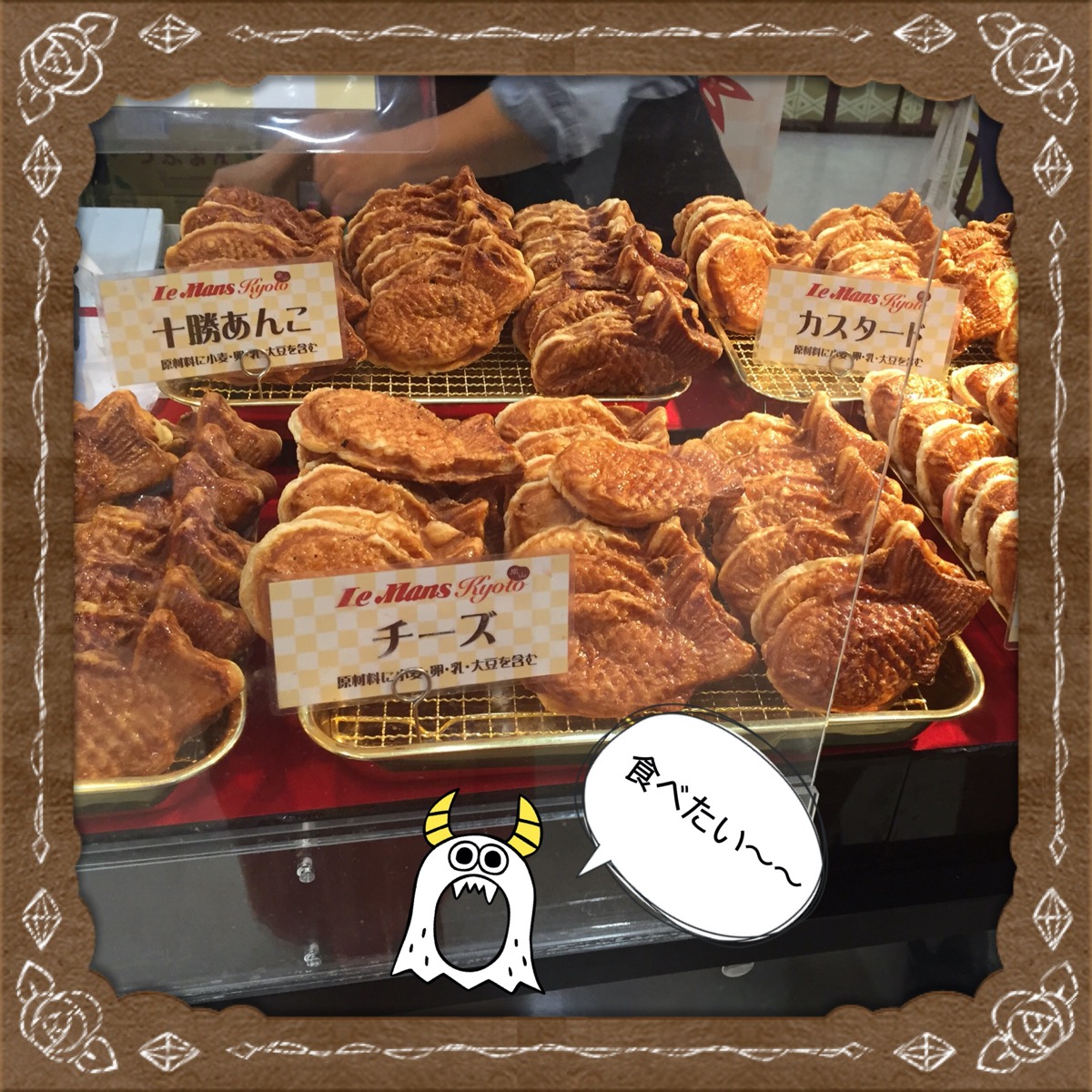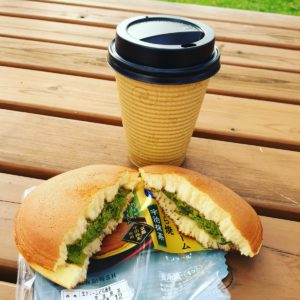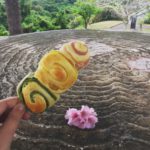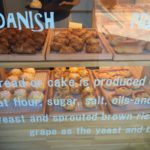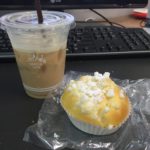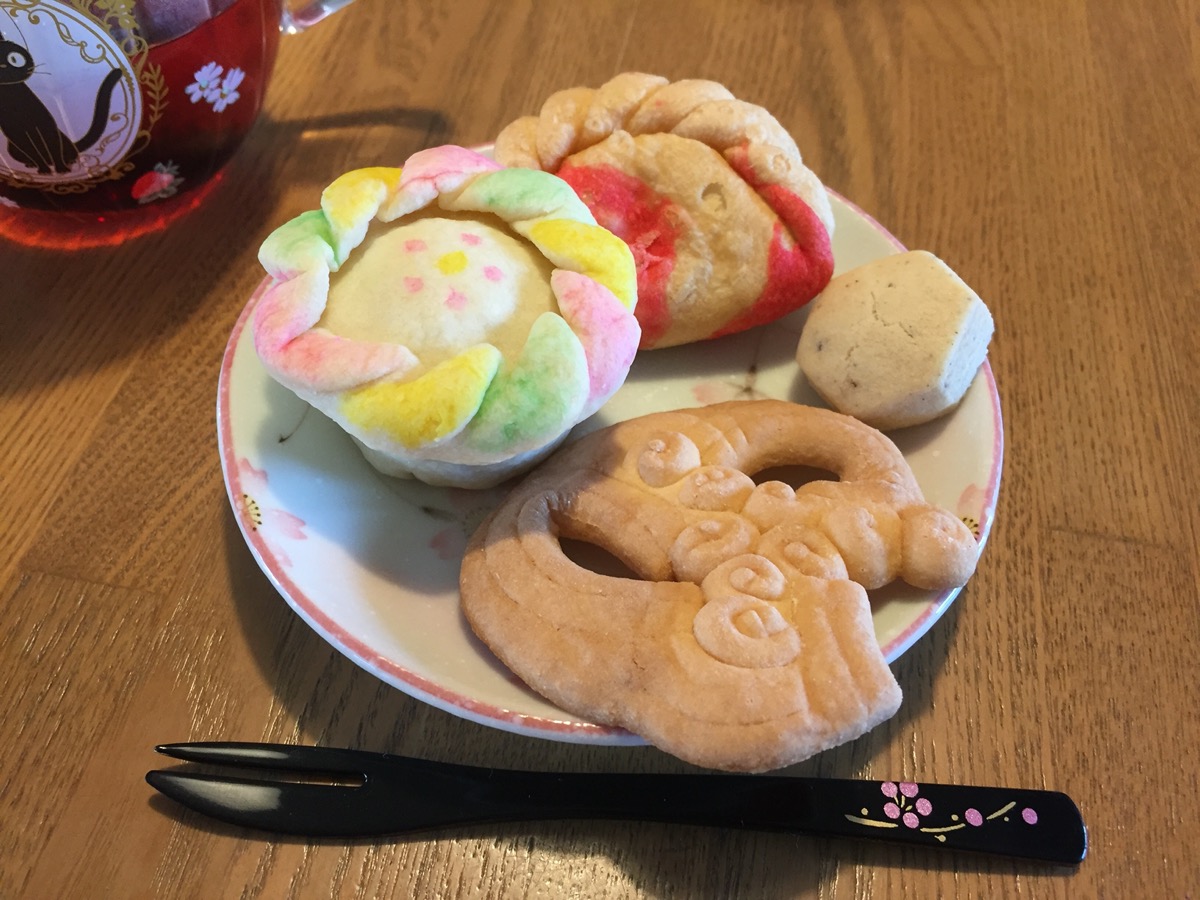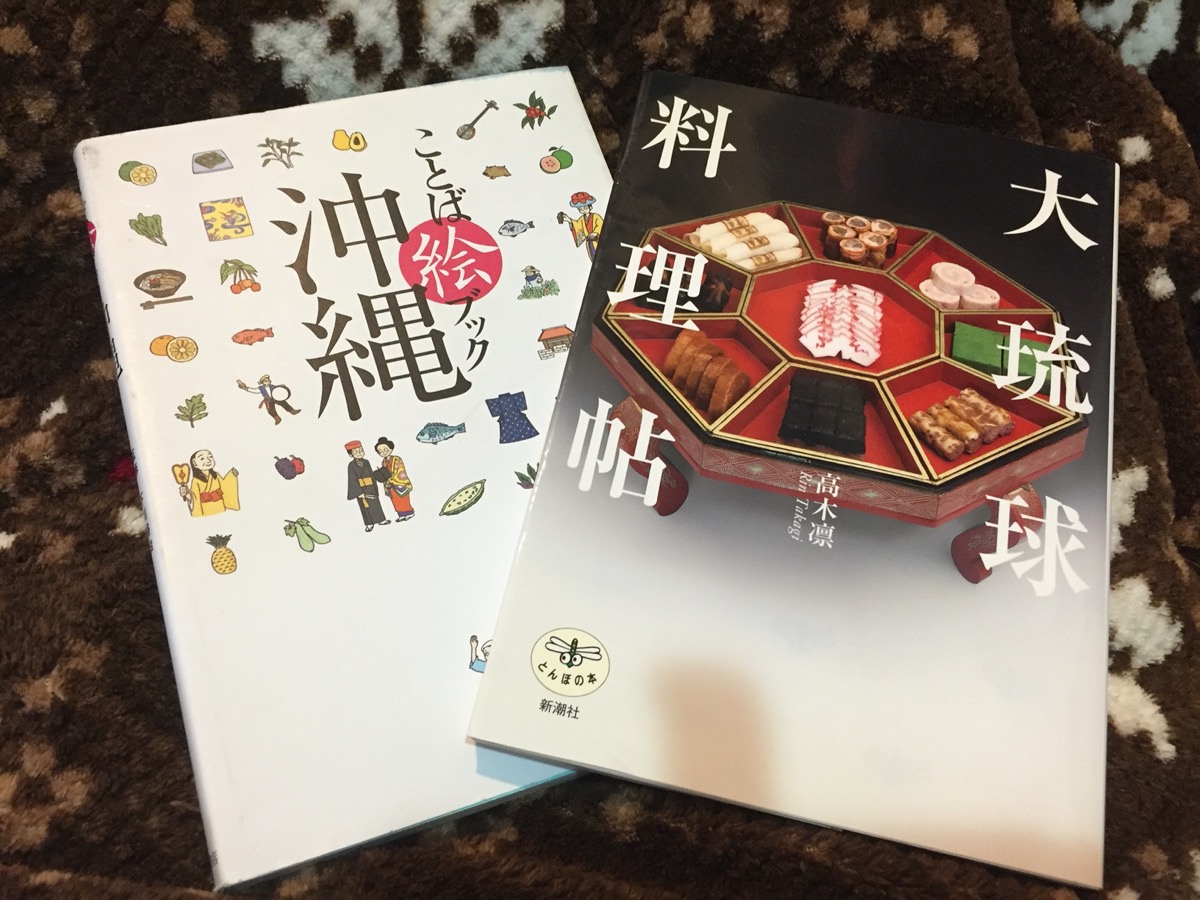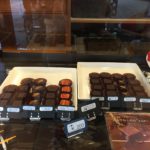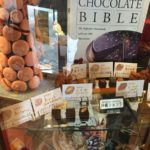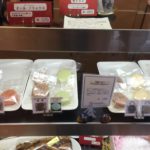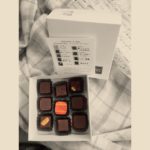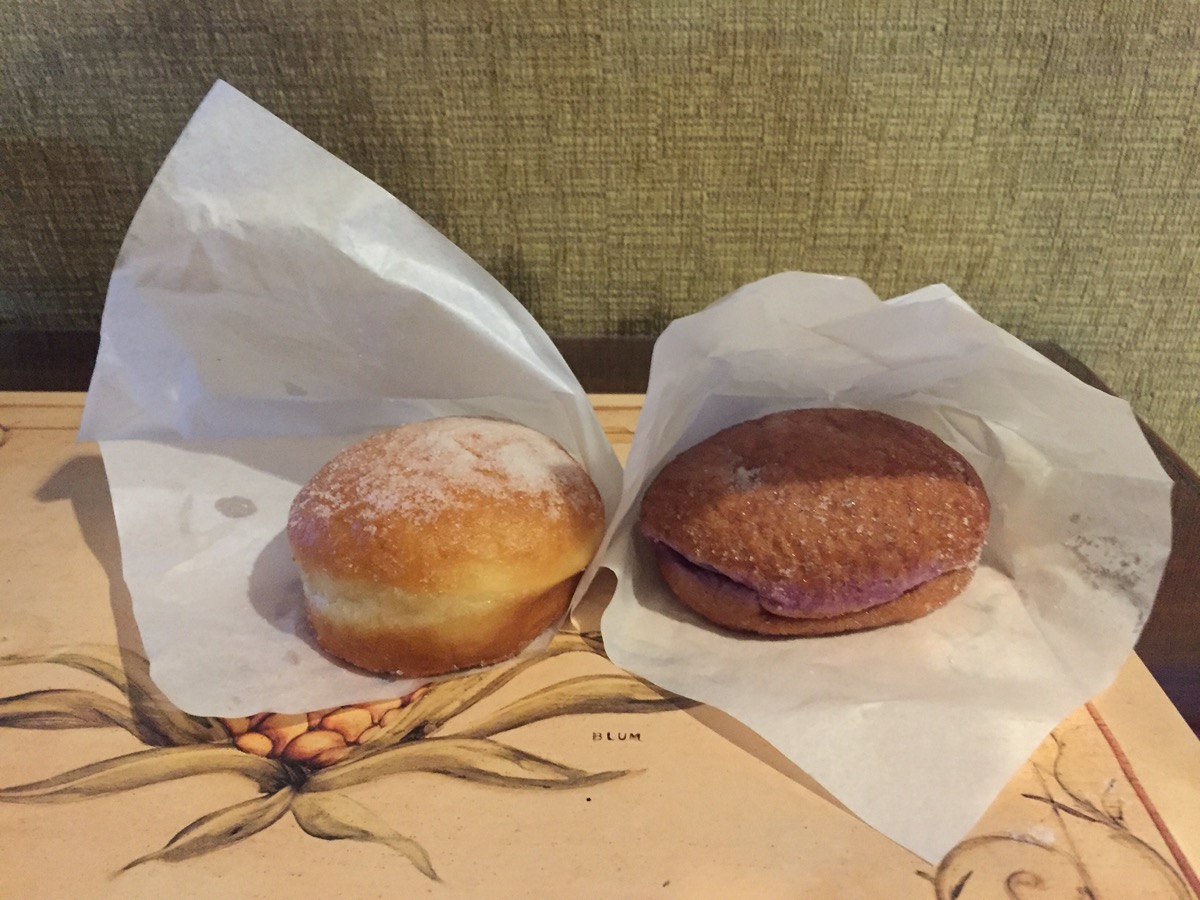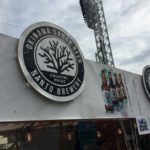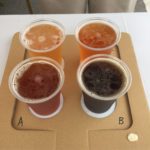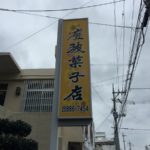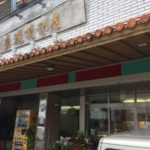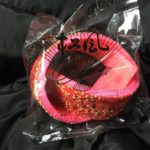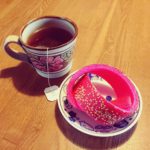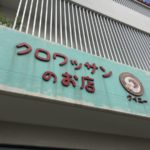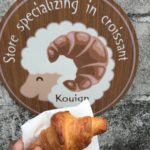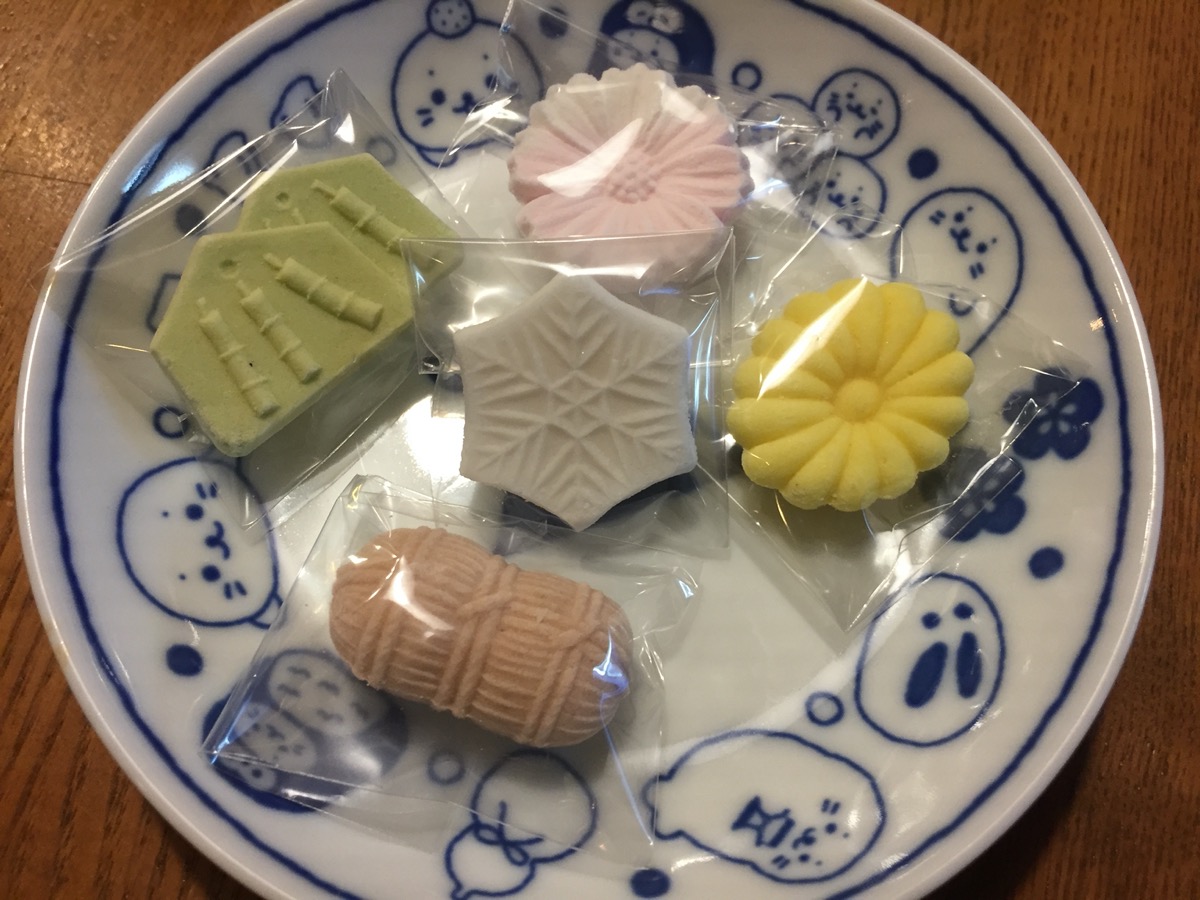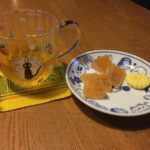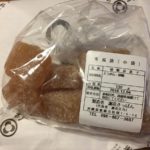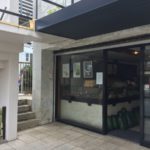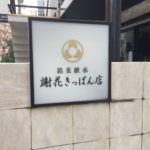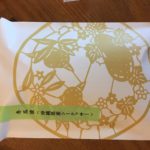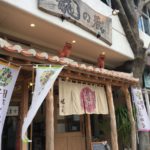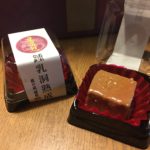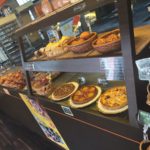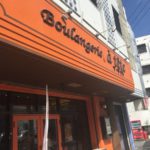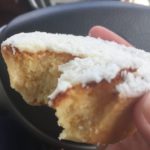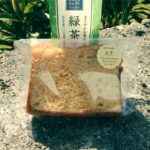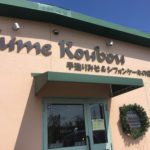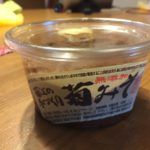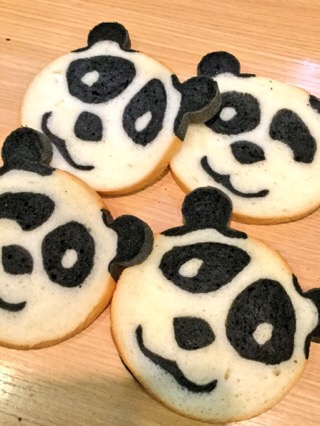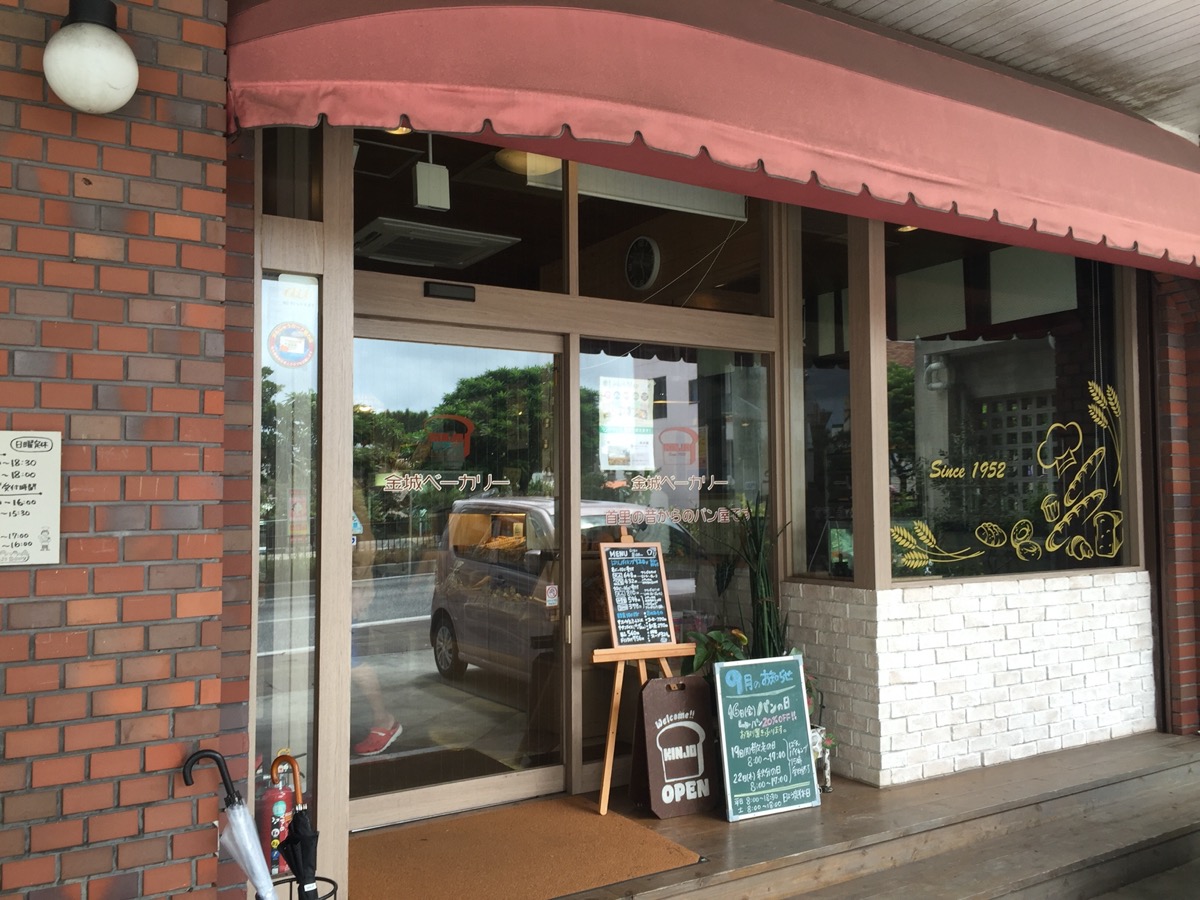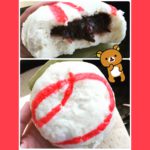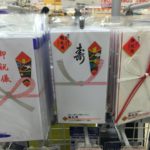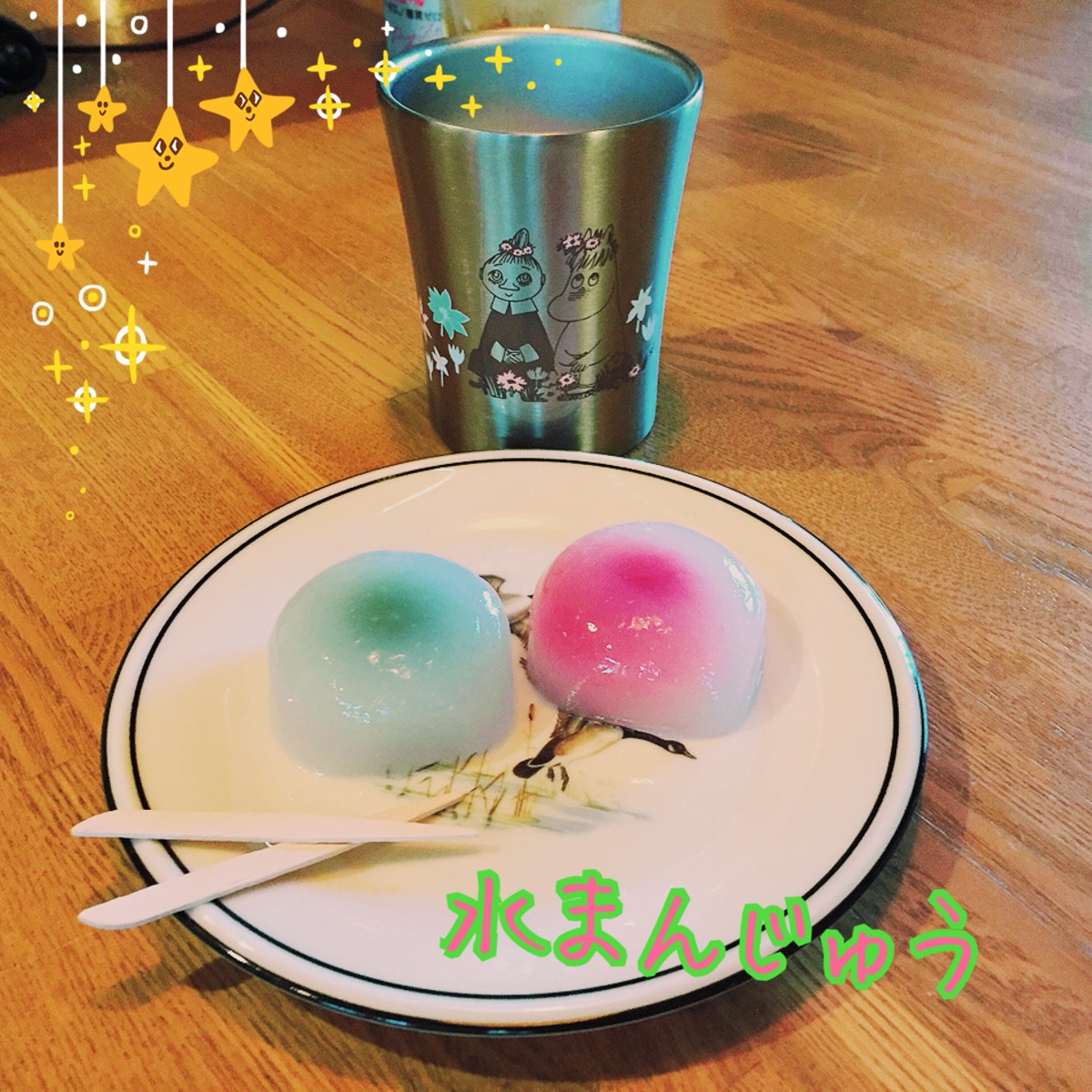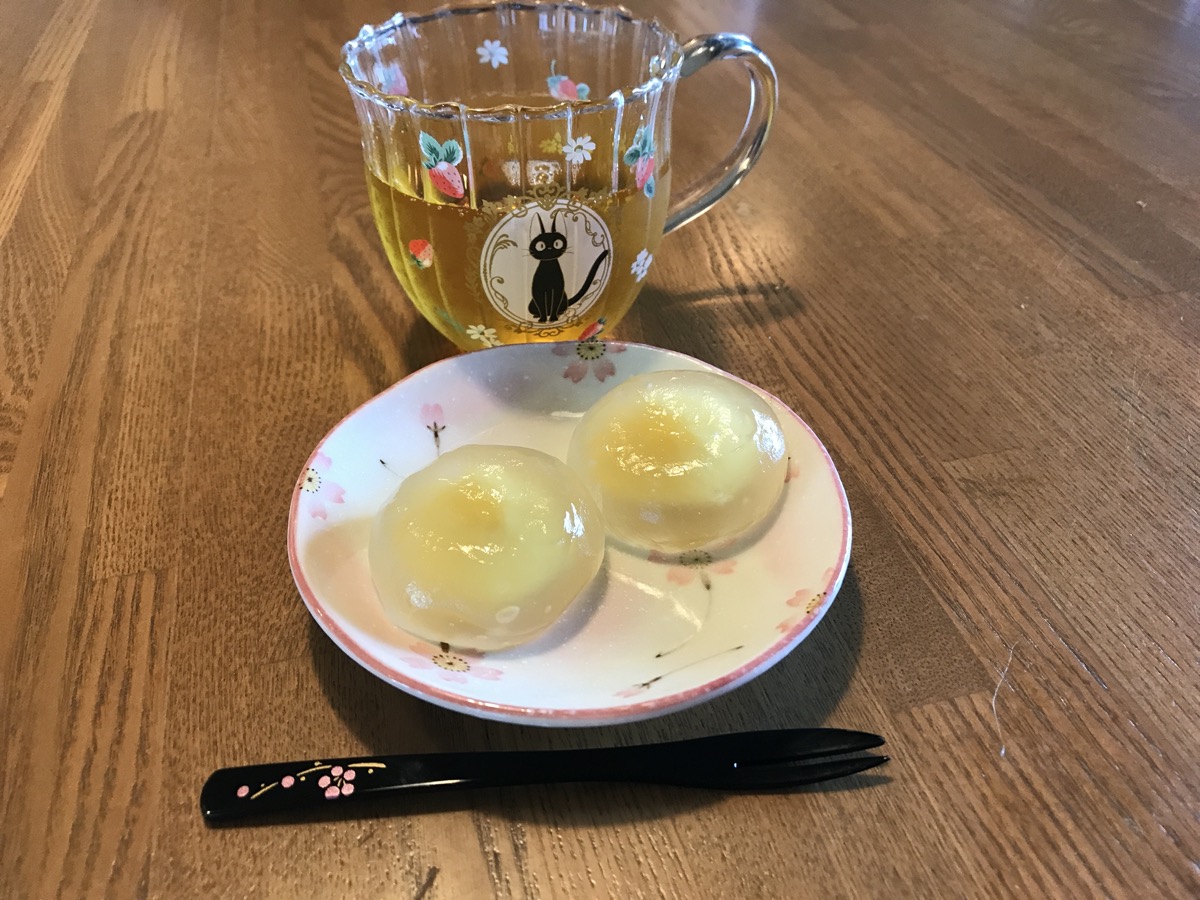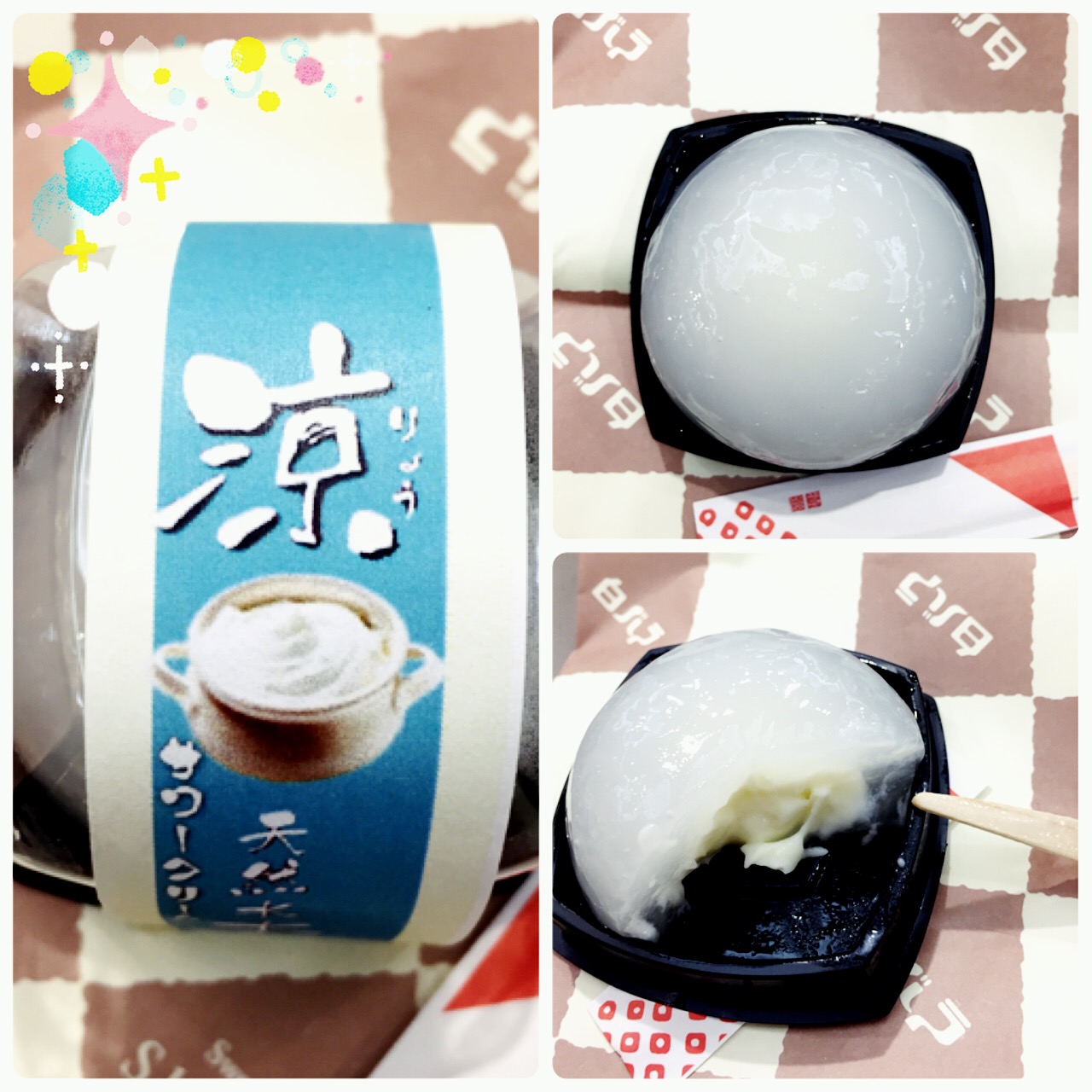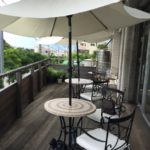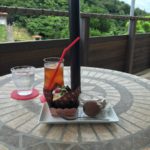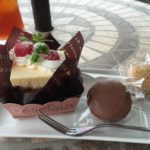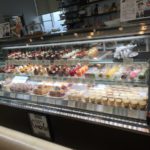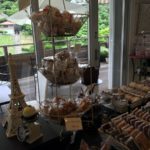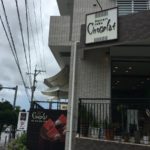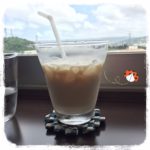Well, maybe just “Japanese Pantry” in general, with a few Okinawan items thrown in the mix.
So I was thinking about shopping in the grocery stores here, and what we always keep on hand, and what new transplants to Okinawa might be curious about or want to use in recipes but are not sure what to look for. I guess it feel a bit odd, since everything we stock here is actually the same as what we always keep in stock in Hawai’i. There are some minor additions, but nothing particularly earth-shattering. But what is normal in Hawai’i is not necessarily what is normal to other Americans, or westerners in general. Coming from Hawai’i, the biggest change for me was just reading ingredients in another language (which can be intimidating in itself).
So I will start off very basic: I made a “welcome” goody bag for new family here in Okinawa when they moved into their house a little while back, and thought about what I should add; you know, nothing too crazy for the average American, but some things I simply wouldn’t be able to live without. So what did I give them? First I will mention that they are a bit health-conscious (somewhat similar to myself), so I checked into mostly additive-free, organic type of stuff for them. They also come from a different background and were not quite familiar with Japanese food and ingredients yet (but interested), so the very basics were necessary!
miso 味噌: I chose an additive-free, organic miso paste (Hikari brand). I chose a medium colored mixed miso; a good, solid in between the white miso (lighter taste) and the rich umami red miso (heavier taste). This choice makes it easy to use, very versatile and not so pungent that they will scare away from it. Hikari brand is a high quality miso with headquarters in Nagano.
shoyu 醤油: I chose another organic koikuchi shoyu, Yamasa brand. Yamasa is a decent choice, and personally, I prefer it over most of the Kikkoman shoyu. The price is right– one of the few reasonably priced choices for organic in the local supermarket. Again, a solid choice, and one that is easy to find and identify in the local super should they go looking for it.
brown rice vinegar 玄米酢: Next up was rice vinegar. There are so many choices, but I splurged on this buy… brown rice vinegar. It is a bit more than regular rice vinegar, but worth it for me.
goma oil ごま油: sesame oil is, no question, essential. The flavor is packed into even the smallest drop. I find the pure sesame (not mixed) is really the best… I mean, you probably keep the others in your cabinet anyway, so if you want to mix it just mix it yourself. The cheapest brands add vegetable or canola or something along those lines and the flavor is really lacking in them.
yuzukoshou 柚子胡椒: this was a bit random, but I knew they liked spicy things, and what better than a paste concocted of spicy green chiles fermented with salt and yuzu! It gives a great kick to foods, a little spicy and citrusy. I love having this stuff around.
Japanese soba noodles (dried) 日本蕎麦: I bought a middle-of-the-road dried buckwheat noodles (made in the mainland). I added this as a “healthy” treat, to give a little variety and hopefully introduce them to the beauty of traditional Japanese noodles.
These items made up the basic “care package.” Now obviously there are a lot of other things that I would add to this list as being “essential.” Again, I just chose a few very basic items that I thought an Average American Family could actually use and enjoy from my local grocery (and nothing too weird that they would not know how to use!).
Some other ingredients that I maintain are essential but did not make it into their care package:
koregusu コーレーグース: in Hawai’i, this is equivalent to chili water. I wrote about this in another post.
mirin みりん: rice wine for cooking. Careful here, many of these contain different types of sweeteners, so if you are picky, read the ingredients. It is not uncommon to find HFCS. I usually stick with 本みりん (but this is more expensive). Many people don’t care that much, and some even say the cheaper ones taste is the same, so take it as you will. I probably agree the taste is about the same (doubtful that I could do a blind taste test), but I prefer to avoid HFCS when possible, so I usually suck it up and pay the higher price.
fu 麩: wheat gluten. Used in lots of things here in Okinawa, miso soup and stir-fries especially. I also wrote a post on this.
dashi だし: fish broth, or it can also come in the form of konbu (seaweed) broth. Fish is probably much more common, but there are ones made with just seaweed, making it vegetarian-friendly.
furikake ふりかけ: furikake is just like magic little dust you sprinkle on rice (onigiri or whatever really). Ever heard of furikake chex mix? It’s awesome, as probably every single person from Hawai’i will tell you. Just ask them, but be careful, it is addicting.
Okinawa brown sugar 黒糖: Okay, yeah, it is just sugar. But it is seriously good stuff. While we have other sugar, I always prefer using this when I can.
rice 米: we usually have some of every type of rice; polished/white, brown, purple, as well as the mix-ins like mochikibi. What cabinet would be complete without these?
kewpie mayo マヨ: a brand of Japanese mayo. It tastes different. It’s good. I know… MSG. But I cannot live without it.
Tonkatsu sauce とんかつソース: also you may hear this called Bulldog sauce (Bulldog is a famous brand). I actually buy Ikari brand though. I will admit, I use this more than I should. But again, it is addicting. Sometimes I even use it if I run out of yakisoba sauce or okonomi sauce.
shikwasa juice: this is like lemon juice, but shikwasa (Okinawa lime-citrus). Just buy 100% shikwasa juice and substitute for lemon juice in recipes. Obviously you can find lemon juice here (Don Quijote actually has a great price for a large bottle of it), but it is nice to keep it local when you can. Also it makes for a great addition to homemade ponzu sauce!
goma (sesame) dressing ごまドレッシング: creamy sesame dressing is a must for most Americans. I am a bit indifferent to it, my husband likes it so we have it in the fridge. I hear many Americans send it to family and friends back home as presents.
shichimi 七味: 7-spice, used to kick dishes up a notch in spiciness.
ra-yu ラー油: chili and garlic oil.
Anyway, I will add some pictures to each section later, but this is a quick peek into some of the things you should keep on hand in the pantry for living and eating in Okinawa. With these, I can pretty much make anything in addition to whatever fresh ingredients I buy. I am sure I have forgotten a bunch of items and I will come back later and add in more.
